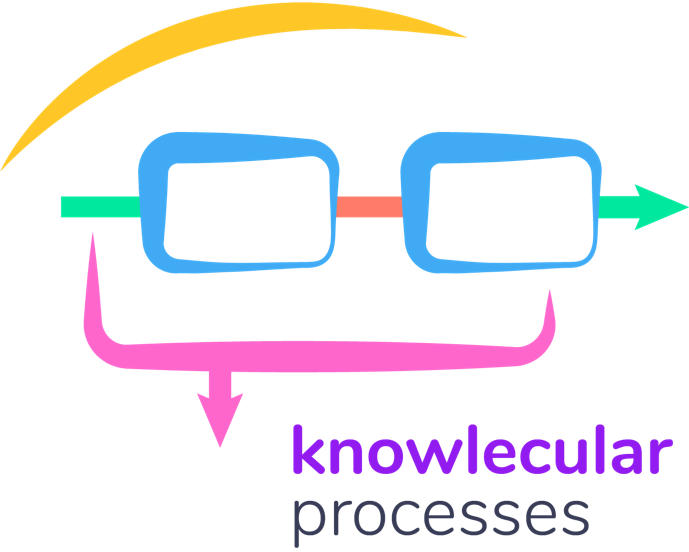Protecting time to achieve your Very Important Goal (VIG)
The great challenge of life is that when we are trying to advance a Very Important Goal (VIG), the daily hurricane of life gets in the way! How do we handle our “day job”, while “moonlighting” on new and important work, even if it’s for our own company?
Let’s say that you’ve taken time to draft a VIG and 6 BIGs (Bridges to Important Goals). Now we have to translate this into practice. Here we’ll discuss setting “Weekly Important Goals” (WIGs) and “Daily Important Goals” (DIGs). We’ll look at Stephen Covey’s “big rocks” analogy. I’ll let the video tell the story, and I’ll give the principle: Each week, you must start your planning by filling in the “big rocks” of the week, before all the little rocks fill the spaces. Let’s say that one of the BIG pieces toward your VIG involves writing a weekly blog. If you need 4 hours to write the blog, put that rock onto your calendar for Monday afternoon. Make the promise to yourself. And then unless there’s a real emergency (e.g., your child is hurt at school), you keep that promise. If you won’t keep promises made to yourself, what will you keep?
Now back to reality, we still have our “day job”. So you probably can’t just plunk down a bunch of big 3 or 4 or 5 hour items in the week. You might have space for just one, or maybe at most a few. This is the essence of focus -- make your choice for that one thing. Add the item onto your calendar. And don’t add last-minute interruptions or changes that will disrupt your flow during that time. This is the essence of setting your weekly goals.
Now tomorrow is Monday, and we have our first weekly goal (the blog writing) set to go for Monday afternoon. I recommend setting your daily goals for Monday either over the weekend, or early Monday morning. Visualize the day. It might look like this:
8:00 answer top 5 emails
9:00 meeting with Angela
10:00 meeting with Tom
10:30 video call with Mylan in the French office
12:00 lunch with the team
1:00 blog
5:15 go home. “I’ve done enough.”
Review it; visualize it; anticipate invaders. Now John comes in at 11:45 am and says, “We have an important client coming in at 3 pm. Can you meet with her?” This is decision time. My recommendation: That morning, before this happens, anticipate and plan for this sort of thing. A possible reply: “John, I’d love to meet with this client, but I’ll actually be out of the office all afternoon at a meeting.” And it’s true! Early in the day, you thought such an occurrence or a similar one might happen (perhaps as it has before), and so you arranged to be out of the office, perhaps at a local Panera, perhaps in the company library, perhaps home, perhaps anywhere but where you might be interrupted. If you do decide that the meeting is a “building on fire” emergency, you can of course change your plans. But anything less and you’re working on your blog. You’ve kept your daily and weekly big rock in place, and you’re one tiny step closer to achieving your VIG!

